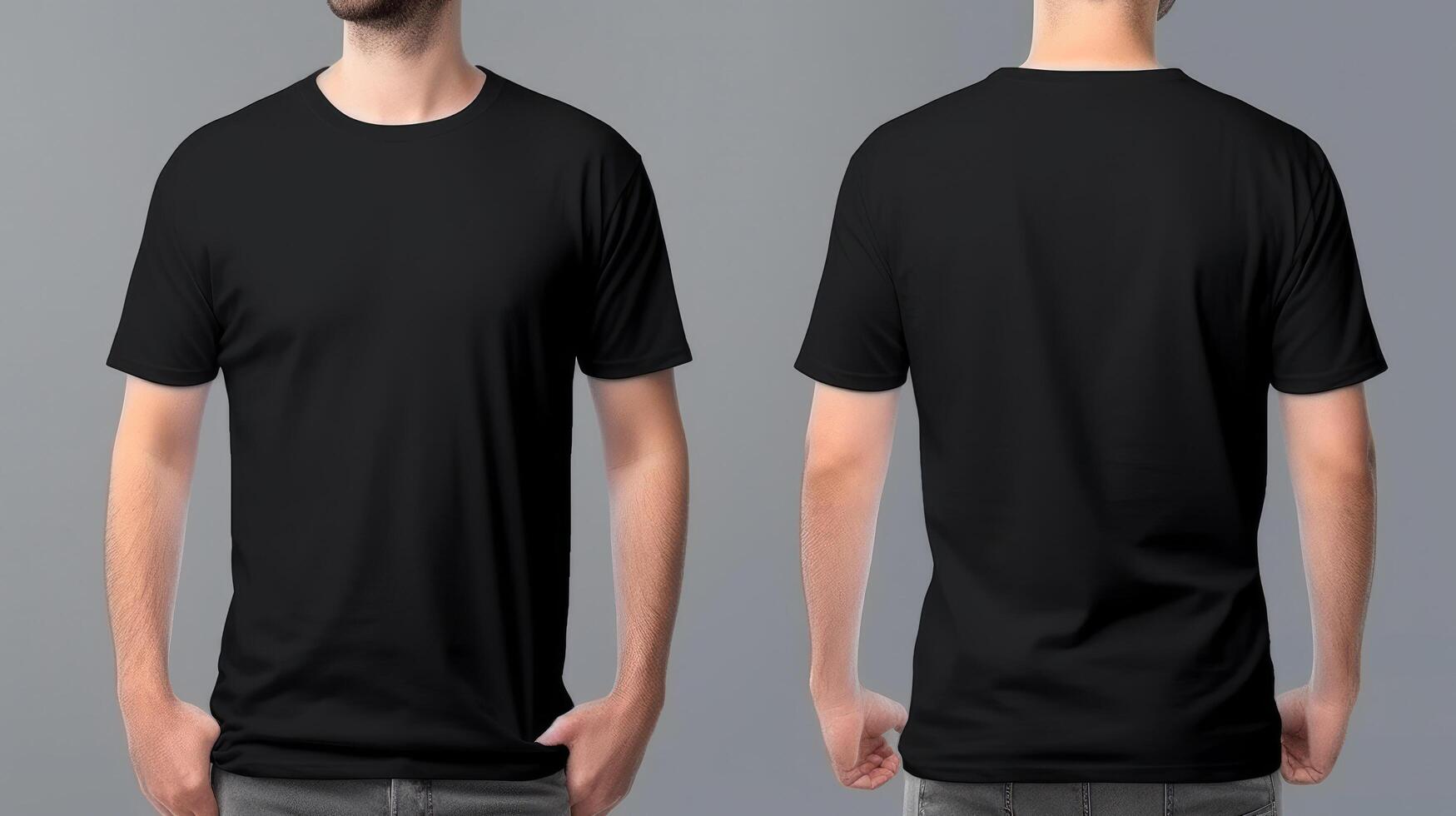
Mockup Models: A Comprehensive Guide for Creating Realistic T-Shirt Mockups
Introduction
Mockup models play a crucial role in showcasing your custom t-shirt designs in a professional and visually appealing manner. They help potential customers visualize how the printed design will look on an actual garment, making them an essential tool for online stores, designers, and marketers.
This comprehensive guide will provide you with an in-depth understanding of mockup models, including their types, benefits, creation process, and best practices for using them effectively. Whether you’re a seasoned designer or just starting your journey, this guide will empower you to create stunning mockup models that captivate your audience and drive sales.
Types of Mockup Models
The world of mockup models is vast, with a wide range of options available to cater to different preferences and needs. Here are some of the most popular types:
1. Flat Lay Mockups:
Flat lay mockups present the t-shirt laid out flat on a surface, often accompanied by additional elements like accessories, props, and backgrounds. They offer a straightforward and realistic view of the design, allowing customers to clearly see the printed area, colors, and overall aesthetics.
2. On-Body Mockups:
On-body mockups display the t-shirt worn by a model, providing a more dynamic and lifelike representation. They showcase how the design will look on a human form, giving customers a better understanding of the fit, drape, and overall appearance of the garment.
3. 3D Mockups:
3D mockups utilize advanced software to create a three-dimensional representation of the t-shirt, allowing customers to interact with the design from different angles. They offer a highly realistic experience, making them ideal for showcasing complex designs and custom artwork.
4. Ghost Mannequin Mockups:
Ghost mannequin mockups present the t-shirt on an invisible mannequin, giving the illusion that the garment is floating in space. This technique removes any distractions and allows the design to take center stage, making it perfect for highlighting intricate details and patterns.
Benefits of Using Mockup Models
Incorporating mockup models into your design workflow comes with numerous advantages:
1. Enhanced Visual Appeal:
Mockup models transform your designs into tangible products, making them more visually appealing and engaging for customers. They provide a realistic representation of the printed t-shirt, allowing viewers to envision wearing the garment.
2. Increased Sales:
High-quality mockup models can significantly boost your sales. By showcasing your designs in a professional and visually appealing manner, you create a sense of trust and credibility among potential customers, increasing their likelihood of making a purchase.
3. Effective Marketing:
Mockup models serve as powerful marketing tools for promoting your custom t-shirt designs. You can use them on social media, websites, and other marketing materials to create visually impactful content that captures the attention of your audience.
4. Time and Cost Savings:
Mockup models eliminate the need for costly and time-consuming photoshoots. They allow you to quickly and easily create high-quality images of your designs without the hassle and expense of hiring models and photographers.
How to Create Mockup Models
Creating mockup models can be a straightforward process with the right tools and techniques. Here’s a step-by-step guide to help you get started:
1. Choose a Mockup Generator:
There are numerous free and paid mockup generator tools available online. Some popular options include Placeit, Smartmockups, and Mockup World. Choose a generator that offers a wide selection of mockup templates and customization options that suit your needs.
2. Select a Template:
Once you have chosen a mockup generator, browse through the available templates and select the one that best fits your design. Consider factors such as the type of t-shirt, model pose, and background style.
3. Upload Your Design:
Most mockup generators allow you to upload your own design files in various formats, such as PNG, JPG, and SVG. Use high-resolution images for the best results.
4. Customize the Mockup:
Depending on the generator you






